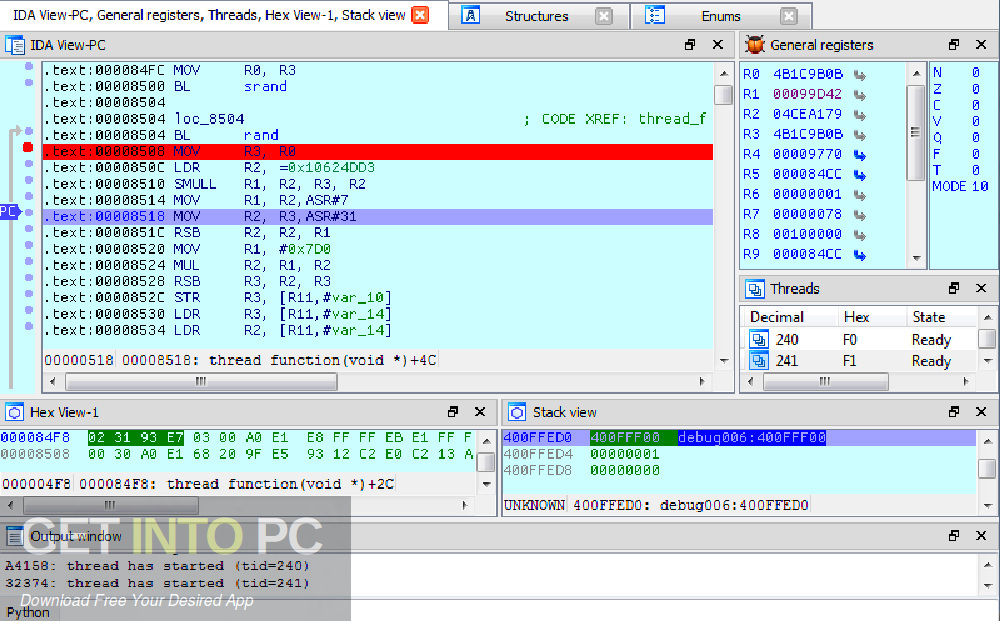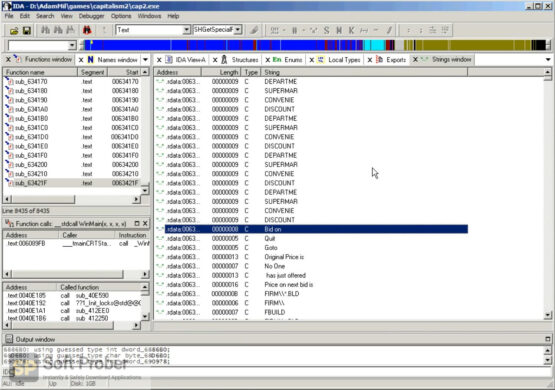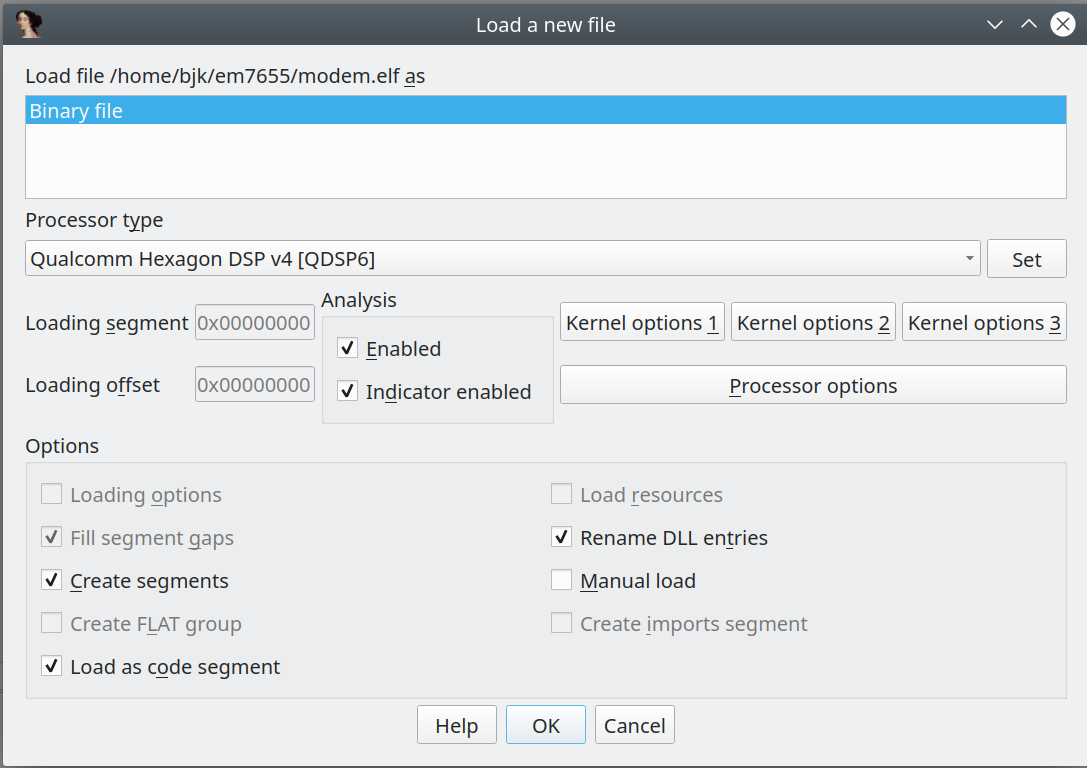

In particular, after Hex-Rays has analyzed a function, it saves the results of local variable allocation in the database.

There's only one element of Hex-Rays analysis (that I'm aware of) that will be carried over from older versions when upgrading your IDB to a newer version. This is much like the ordinary disassembly listing all user annotations are saved in the database, such that even if you open the IDB in a more recent version, you will still see your previous annotations. This information is stored in the database, such that even if Hex-Rays does not have a cache entry for a function, and hence must decompile it "from scratch", it will still incorporate the user's saved analysis annotations into the decompilation process. Regardless of caches, Hex-Rays, of course, wants to save all of the local variable names, types, and locations union selections label names number formats comments mapped variables forced variables split assignments user-defined calls manually forced prototypes for indirect calls and so on that the user created while annotating a function. Additionally, the user can also shrink their database by manually purging all caches via Edit->Other->Reset decompiler information., the All caches checkbox. Regardless of caches, Hex-Rays will still re-analyze previously seen functions sometimes. That said, these are just caches they can be evicted for reasons such as the user changing the type of a function or global data item used by the cached function.

The past few versions of Hex-Rays have introduced caches for the decompilation results, particularly the mba_t and cfunc_t structures from the SDK, to speed up displaying decompilation for functions that have recently been analyzed. That's because Hex-Rays often decompiles the same function more than once - numerous times, actually - throughout the course of the user's analysis session. You have probably noticed that Hex-Rays might - or might not - pause noticeably when decompiling a large function that you have already decompiled some time ago. It sounds like you know how to use Hex-Rays to a non-trivial extent.


 0 kommentar(er)
0 kommentar(er)
